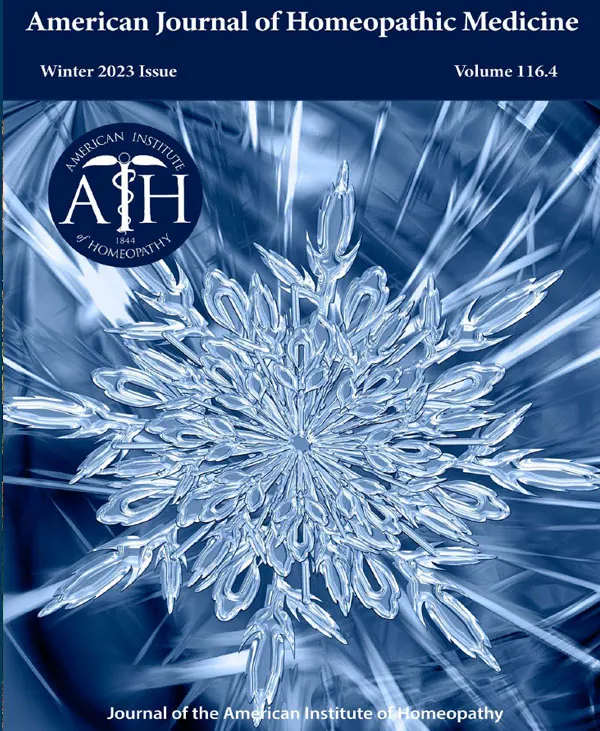
Homeopathy in the Army
By E.C. Franklin, MD, of St. Louis, Missouri
[During the Civil War, a war-hardened homeopathic physician and surgeon who proves himself an able hospital administrator is given charge of a hospital and proves homeopathy’s value in the treatment of severe wounds, burns, and infections. Reminds one of Dr. Alonzo Shadman’s descriptions in his book, Who is Your Doctor and Why. – Editor]
 Doctor, I am directed by Brig. General Grant to place you in charge of the General Hospital at Mound City. You will as soon as practicable proceed to Mound City and take charge of the hospital and prepare it for the reception of 500 patients.
Doctor, I am directed by Brig. General Grant to place you in charge of the General Hospital at Mound City. You will as soon as practicable proceed to Mound City and take charge of the hospital and prepare it for the reception of 500 patients.
I am, Sir, very respectfully, Your obedient servant,
James Genions, Surg. U. S. A., Med. Director [to] Brig. [Brigade] Surg. E. C. Franklin, U.S. Army, Cairo, Illinois.
[There were a few of the physician/surgeons practicing homeopathy at this hospital.]
Thus, by a reference to the figures, [from 8,078 total patients treated] it will be seen that the proportion of deaths to the number received in the hospital for the thirteen months under my charge, including the severely wounded and mutilated from the battle-fields spoken of, the scalded seamen from the gunboat Essex, the wounded from the various naval engagements at that period and afterwards, is 7 [and] 9/10 per cent, (a fraction over,) -a lower rate of mortality caeteris paribus [all other things being equal], than the records of any other military hospital in the service, so far as I have seen such records .
[*] To illustrate more fully the force of this assertion, I may add, that one entire ward was devoted to the treatment of all cases in hospital that were declared by consultation to be beyond hope of recovery. Such cases were removed to the homoeopathic ward, and in addition to my other labors, I took charge of this Ward, assisted by two homoeopathic physicians, Drs. Pratt and Wales. The result was, more than 30 percent of the cases given up by allopathic medicine as hopelessly lost, recovered under the homoeopathic practice. [Ed. Italics. We are still treating patients who are beyond repair by regular medicine.]
So great, and so complete a victory over the old school of medication, was soon noised abroad, and ultimately caused my removal from the Hospital . [Ed. bold and italics]
[Tragically, history repeats itself in our day:] I have learned long since to pity that spirit of intolerance and bigotry that feels, ‘Tis an orthodox opinion that grace is founded in dominion.’ 1
An interesting historical tidbit about Dr. Franklin:
He began his career as an allopathic practitioner and was appointed deputy health officer for California and then as physician to the Panama Railroad Hospital. While in Panama, he acquired malaria and failed to respond to regular treatment but did respond to homeopathy, an experience that convinced Franklin about the value of this form of medicine. He returned to the United States in the mid-1850s, initially to private practice and later to an academic position at the Homeopathic Medical College of Missouri. In 1861, and by now a well-regarded physician, he volunteered his services in the Union army and was accepted as Brigade Surgeon of Volunteers; he was also put in charge of the US Army general hospital at Mound City, Ill. Apparently, he neither volunteered nor was asked about his record as a homeopath, but after it was discovered that he was treating soldiers homeopathically, he was ushered out of the military in 1863. However, he left his mark by being mentioned positively for the management of over 30 cases in an authoritative government publication on medicine in the Civil War. The same document included his extensive report on management of the medical corps and military hospital where he served.
From A Century of Homeopaths: Their Influence on Medicine and Health by Jonathan Davidson
(Chapter 4: The Homeopathic Scalpel: Contributions to Surgery from the World of Homeopathy )
- The North American Journal of Homoeopathy. Volume XII, 1864. New York: William Radde. pp. 272, 274, 277.
About the AJHM
The American Journal of Homeopathic Medicine (AJHM) is a peer-reviewed scientific journal, specifically intended to meet the needs of physicians involved in the specialty of homeopathy. The editor invites original manuscripts, feature articles, research reports, 'Homeopathic Grand Rounds' cases studies, abbreviated case reports for 'Clinical Snapshots,' seminar reports, and position papers that focus on homeopathy, as well as book reviews and letters to the editor. Click below to subscribe to the Journal.
Latest Issue of the AJHM

AJHM – Winter 2023
Volume 116 Number 4
Table of Contents
- Editorial: In this Issue
- Homeopathic PuZZle?
- A Case of Erectile Dysfunction and Anejaculation in a Diabetic Patient
- Iron and Its Salts: Materia Medica and Illustration
- Suppression in the Organon
- An Appreciation of Jacques Jouanny’s Life and a Review of His Opus “The Essentials of Homeopathic Therapeutics”


